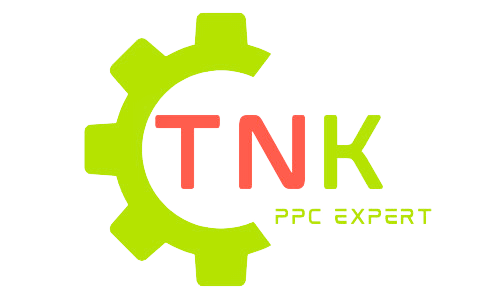Optimizing Google Search Ads: A Comprehensive Guide
Table of Contents
- Introduction to Google Search Ads
- Setting Clear Campaign Goals
- Crafting Effective Ad Copy
- Leveraging Targeted Keywords
- Optimizing Bidding Strategies
- Monitoring and Refining Campaigns
- Conclusion: Key Takeaways
Introduction to Google Search Ads
Google Search Ads provide businesses with a powerful platform to reach potential customers exactly when they’re searching for relevant products or services. But running a campaign isn’t enough; optimizing it ensures your ad spend generates the best ROI.
In this post, we’ll guide you through actionable strategies for optimizing your Google Search Ads. Whether you’re a beginner or a seasoned marketer, these tips can take your campaigns to the next level.
Setting Clear Campaign Goals
Before launching a campaign, define its purpose. Clear goals allow you to measure success and refine your strategy. Common objectives include:
- Increase Website Traffic: Use high-volume, non-branded keywords to attract new audiences.
- Generate Leads: Optimize landing pages with clear call-to-actions (CTAs) for form submissions or contact details.
- Drive Sales: Focus on product-specific keywords and highlight unique selling propositions (USPs).
Ensure each campaign is aligned with your overall business objectives.
Crafting Effective Ad Copy
Great ad copy is concise, compelling, and targeted. Follow these principles:
- Use Emotional Language: Words like “exclusive,” “free,” or “limited time” create urgency.
- Incorporate Keywords: Include targeted keywords in the headline and description for better relevance.
- Call-to-Action (CTA): Encourage clicks with phrases like “Buy Now,” “Learn More,” or “Sign Up.”
Always A/B test multiple variations to identify which resonates best with your audience.

Leveraging Targeted Keywords
Keywords are the backbone of your campaign. Optimize by:
- Using Long-Tail Keywords: Capture intent and minimize competition with highly specific terms.
- Excluding Negative Keywords: Avoid irrelevant clicks by adding terms like “free,” “cheap,” or unrelated industries.
- Analyzing Competitors: Research what keywords competitors are bidding on using tools like SEMrush or Google Keyword Planner.
Regularly update your keyword list to align with shifting search behaviors.
Optimizing Bidding Strategies
Your bidding strategy impacts cost and visibility. Consider these tips:
- Manual CPC: Gain control by setting max costs per click for high-priority keywords.
- Enhanced CPC: Allow Google’s AI to adjust bids based on conversion likelihood.
- Target ROAS (Return on Ad Spend): Ideal for campaigns focused on profitability.
Monitor performance closely and adjust bids for underperforming keywords.

Monitoring and Refining Campaigns
Optimization doesn’t stop at launch. Regularly analyze these metrics:
- Click-Through Rate (CTR): Indicates how compelling your ad is to users.
- Quality Score: Reflects the relevance of your keywords, landing pages, and ads.
- Conversion Rate: Tracks how effectively your campaign achieves its goals.
Leverage tools like Google Analytics to gain deeper insights and refine your approach.
Conclusion: Key Takeaways
Successful Google Search Ads optimization requires a mix of clear objectives, well-crafted ad copy, strategic keyword targeting, and ongoing performance monitoring. Regular refinement ensures that your campaigns remain competitive and deliver high ROI.
By implementing these strategies, you can maximize your ad performance and grow your business effectively through Google Ads.

